If you've visited the Museum before, you've likely wandered underneath Hope our blue whale, trembled in fear at our animatronic T. rex or got shaken about by our earthquake simulator. But have you ever spied our mouse-eating locust, our lion skulls from the Tower of London or our owl with a pencil stuck in its head? Read on to discover some of the strangest objects lurking in our galleries.
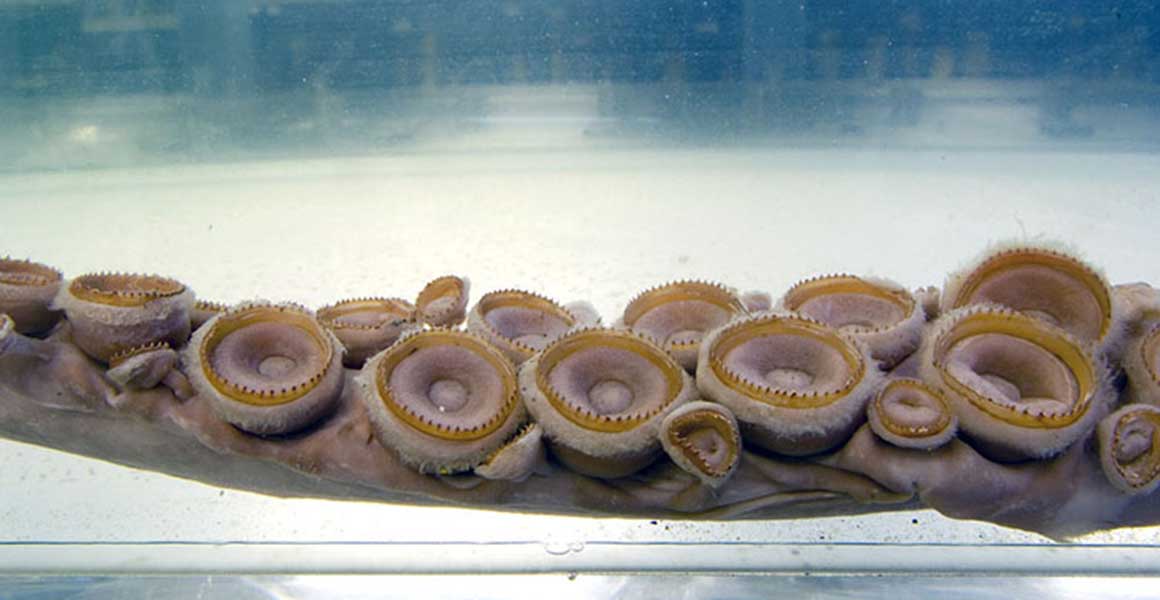
1) The Cursed Amethyst
What is it?
Locked away in our Vault is an oval amethyst mounted in a silver ring that's shaped like a snake, decorated with zodiac symbolism and engraved with the letter T.
What's its story?
Amethysts are usually said to bring calm and clarity, but not this one! The stone was said to have been looted from the Temple of the God Indra in Cawnpore during the Indian Mutiny in 1855. Allegedly, its subsequent owners were then plagued by suicides, apparitions, disasters and failed careers. Fearing its curse, its last owner Edward Heron-Allen packed it into seven boxes and locked it away in a safety deposit box along with a warning letter that instructed that it should not see the light of day again until 33 years after his death. His daughter, however, waited just 12 months before donating to the Museum in 1944. However, rumour has it that Edward in fact fabricated the amethyst's curse in order to promote a short story called The Purple Sapphire, which he wrote in 1921.
Where can I see it?
The cursed amethyst is on display in The Vault in the Green Zone.

2) Locust-eating mouse
What is it?
A locust catching and eating a mouse, permanently preserved in alcohol.
What's its story?
This specimen is extraordinary for so many reasons. Aside from the mouse having the worst (and last) day of its life preserved for more than a century, the sheer size of the locust is unsettling. An account by Reverend M H Reid, who came across this curious find in the Central Africa, describes how the locust had started devouring the mouse. He and others also recount how they had observed these locusts eating large spiders and cockroaches when there were no more plants to eat.
Where can I see it?
Up on the Hintze Hall balconies in the Blue Zone.
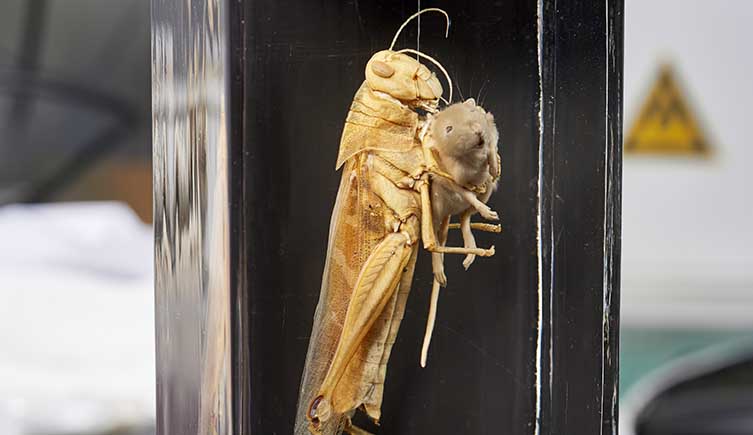
3. Kryptonite
What is it?
A sample of a white mineral called Jadarite, which was discovered by scientists in 2006 in Serbia and bears striking similarities to the infamous Kryptonite that zaps Superman's powers.
What's its story?
In the film Superman Returns, the superhero's only weakness is Kryptonite, a mineral from his home planet of Krypton that contains sodium, lithium, boron silicate and hydroxide. In 2006, when scientists analysed a new mineral they'd uncovered in Serbia, they were startled to discover that it shared almost an identical chemical composition with the fictional mineral Kryptonite. Like Kryptonite, the mineral, which they named Jadarite, contained sodium, lithium, boron silicate and hydroxide, however, it lacked fluorine. It is fluorine which is responsible for giving Kryptonite its famous green hue, hence why Jadarite is white.
Where can I see it?
In Earth's Treasury in the Red Zone.
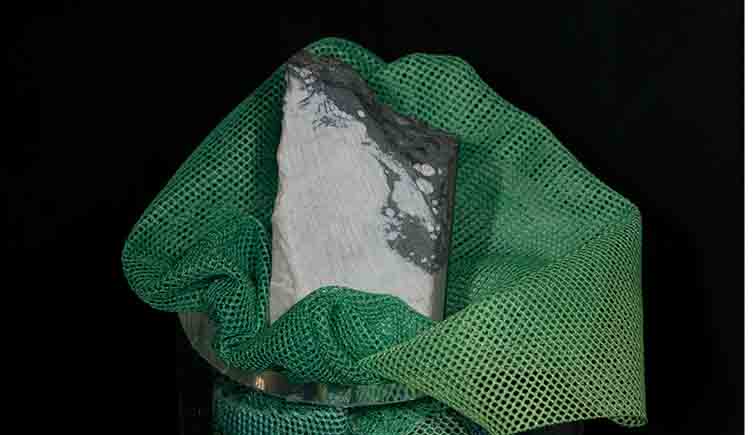
4. Whale earwax
What is it?
A big chunk of whale earwax.
What's its story?
Aside from the ick factor, whale earwax is incredibly valuable for scientists. The slow build up means scientists have a yearly view of a whale's hormone levels. Monitoring cortisol for example, can reveal stress levels. A 146-year data set, from 1870 to 2016, showed that whales were especially stressed during periods of heavy whale hunting in the 1920s and 1930s. Stress levels peaked in the 1960s, the decade before commercial whaling was banned. As well as stress levels, the earwax can also reveal a whale's age and the environmental pollutants that it has been exposed to.
Where can I see it?
Currently off display.
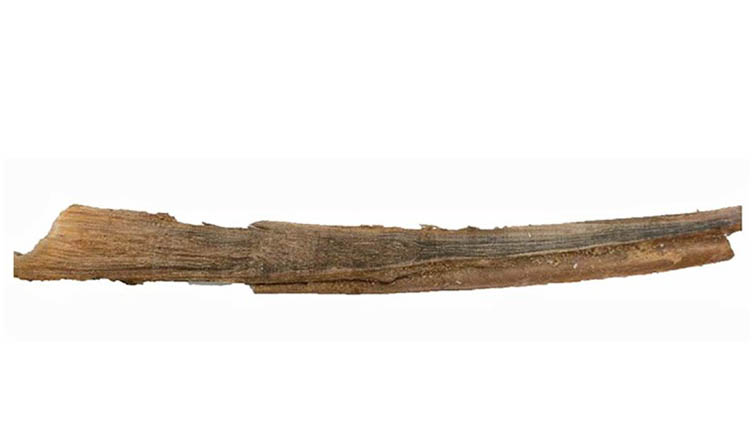
Image: Trumble et al 2013.
5. Pencil owl
What is it?
In an inconspicuous cabinet in our Birds Gallery there is a disembodied owl's head with a blue pencil lodged in one of its ears.
What's its story?
It's a display about how owls hear, but it makes its point (pun intended) in a very unusual way! Many people think that the tufts at the top of an owl's head are its ears, when in fact they are actually lower down. To help solve this confusion, exhibit creators at the Museum in the decided to insert a pencil to help indicate where the ears actually are. In fact, they should have really inserted another pencil on the other side, as owls often have lop-sided ears. The asymmetric positioning of their ears is in fact what allows them to pinpoint the exact location of a sound in the dark, enabling them to home in on and strike their prey.
Where can I see it?
Head to our Birds Gallery in the Green Zone.

6. Archie the Giant Squid
What is it?
At 8.62 metres Archie the giant squid is so huge that we had to build a special tank just to house it. Along with Archie we store another 23 million specimens in alcohol in our spirit collection, including those collected by Darwin on HMS Beagle.
What's its story?
The giant squid, Architeuthis dux, is so rare that it was once thought to be a myth, but the acquisition of Archie by the Museum means that visitors can see this elusive and magnificent species up close. After accidentally being caught by a fishing trawler at a depth of 220 metres, the Museum acquired Archie, housing it in a custom-built tank made by the same team behind the tanks in Damien Hirst's famous formaldehyde art pieces. Archie is the star of the Museum's spirit collection. At more than 23 million preserved specimens, its sheer size makes the collection unique and scientifically important, not to mention that it contains many type specimens. A type specimen is the specimen that was used to first describe a new species - all other specimens are defined by it.
Where can I see it?
You can see Archie in our Tank Room by joining one of our behind-the-scenes Spirit Collection Tours. If you head to our Spirit Collection Building in the Orange Zone, a selection of the spirit collection is on public display. See if you can spot the type specimens, which are marked with distinctive yellow tops, amongst the many jars and tanks.


7. Tower of London Barbary Lion Skulls
What are they?
Two impressive skulls from the extinct Barbary lion, Panthera leo leo, which were unearthed in 1937 in the old moat that surrounds the Tower of London.
What's their story?
Today you're more likely to see pigeons and foxes in the capital than lions, tigers and bears, but these specimens are a poignant reminder of London's prehistoric past. Dug up from the moat at the Tower of London, these skulls belong to lions that were once kept there as part of a royal zoo. Using carbon dating, Museum scientists have determined that of the two skulls found, one lion lived between 1280 and 1385 and the other between 1420 and 1480. This makes them some of the oldest lions to have lived in London, following the extinction of wild cave lions during the last Ice Age.
Where can I see it?
In our Treasures Gallery in the Red Zone.
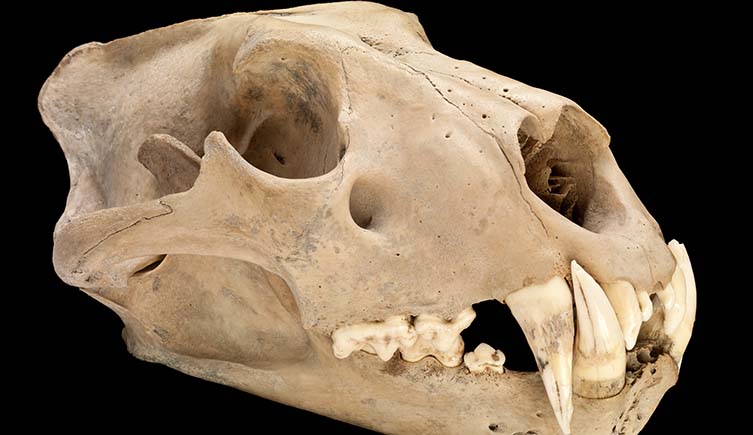
8. Chi Chi the Panda
What is it?
Snacking on some bamboo at the back of our Central Café is a taxidermy giant panda named Chi Chi, but this isn't any old panda! Chi Chi was a celebrity in 1960s London with a love life that nearly resulted in a diplomatic incident.
What's its story?
Arriving at London Zoo in 1958, Chi-Chi the giant panda soon became its star attraction and was so iconic that she inspired the WWF's logo. In the mid-1960s, in the interests of conservation, the zoo went in search of a mate for Chi Chi. At the time getting a giant panda from Communist China was a no-go, which meant turning to Moscow, which had the only other giant panda outside of China. Given it was at the height of the Cold War this made things a little tricky, as London Zoo Curator Desmond Morris found out when he arrived in Russia. Thinking it was a ruse for a spy operation, the KGB followed him everywhere and even tried to trick him into committing a crime, so that they had an excuse to arrest him. Fortunately, Morris made it home safe, having secured a mate for Chi Chi, though the pair never actually successfully bred. In 1972, Chi Chi died of an unexpected illness at the age of 15 and was acquired by the Museum and put on display.
Where can I see it?
In a display cabinet at the back of our Central Café in the Blue Zone because taxidermy and tea are the perfect combination.

9. Darwin in his Slippers
What is it?
You might be familiar with the statue of Charles Darwin that watches over Hintze Hall from the staircase, but did you know there's a second statue? If you visit our central library, you'll see his softer side, reading a book in his slippers.
What's its story?
Known as the Father of Evolution, Charles Darwin's seminal work On the Origins of Species revolutionised scientific thinking in the mid-nineteenth century. As a mark of his contribution to science, many statues of Darwin were displayed in institutes across the country, including the one you can see in Hintze Hall, which was unveiled in 1885, four years after the Museum opened. However, the Museum has a second Darwin statue, tucked away amongst the books in our central library. It's fitting that this statue, instead of showing Darwin in all his grandeur, shows him at leisure, in his slippers, engrossed in a book.
Where can I see it?
Seeing an iconic scientist in his slippers is certainly quirky! Make an appointment with our Library and Archives Team and they can show you round our central library.
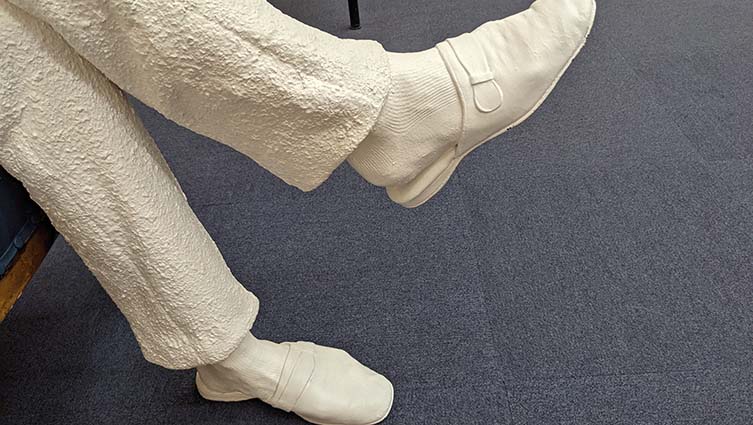
10. Dressed fleas
What are they?
Fleas dressed up in tiny costumes.
What's their story?
Made in 1905, these dressed fleas complete with farming tools and instruments were part of Sir Walter Rothschild's collection. An interest in fleas ran in Walter's family. His brother Charles and niece Miriam both studied them, and Miriam was the first person to work out how fleas jump. These tiny dressed fleas with their intricate outfits came from Mexico, where they were made as souvenirs for tourists. Slightly more memorable than a postcard!
Where can I see it?
At our site at Tring in Hertfordshire - we've installed a magnifier so you can see the tiny dressed fleas in all their glory.
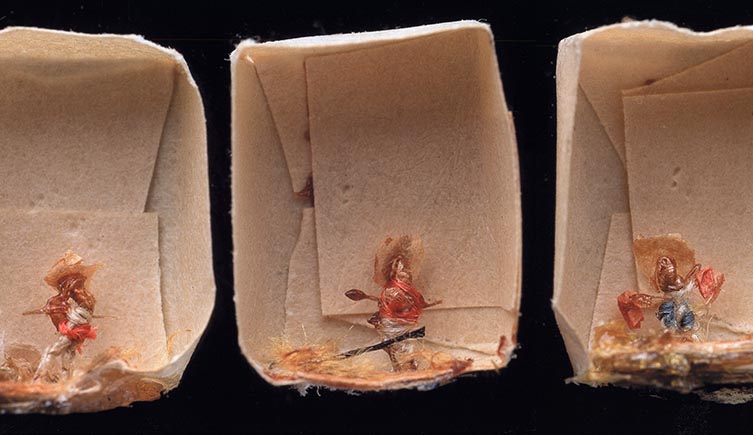
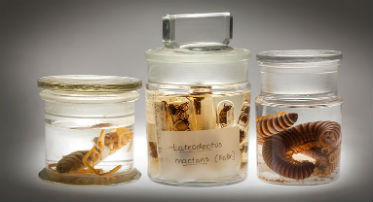
Sneak behind the scenes
Get a backstage tour with our knowledgeable science educators and look at the Museum's fascinating zoology collection preserved in spirit.
Tours are currently available until October.
Adult: £25 Members £22.50